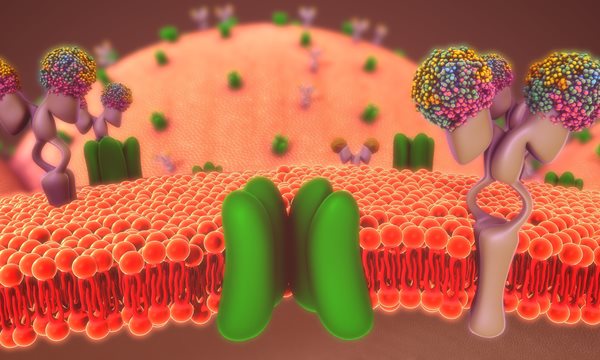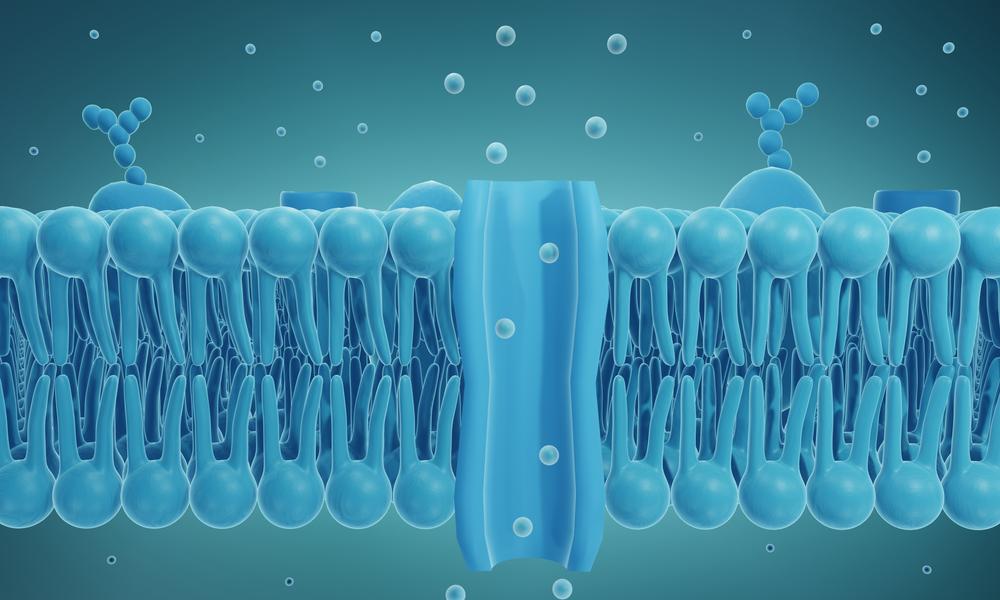Transporters and Ion Channels
The release of neurotransmitters such as GABA and Glutamate during synapse causes the activation of transmembrane proteins which move the ions against the concentration gradient across the membrane, thereby recycling the neurotransmitter and maintaining a low extracellular concentration of it. These are mainly powered by the Na+ gradient across the plasma membrane and this process is electrogenic, as it moves net charges across the plasma membrane due to the movement of ions accompanying the movement of the neurotransmitter.
Neurotransmitter transporters are of great clinical interest. They are the pharmacological target of many drugs in the treatment of depression (for example serotonin-noradrenalin reuptake inhibitors (SNRIs)), epilepsy, and schizophrenia. In addition, narcotics such as cocaine exert their effects through actions on this class of transporters.
They are classified based on the way they transport ions, either actively or passively:
- Ion pumps actively transport ions against a concentration gradient.
- Ion channels passively transport ions down their concentration gradient.
Ion pumps are further classified into two types:
- Primary active transporters are usually transmembrane ATPases, that hydrolyse ATP to produce energy to transport ions against their concentration gradient.
- Secondary active transporters pump ions against the concentration gradient by using the electrochemical gradient created across the membrane to pump ions in or out of the cell.
Neuronal ion channels are gated pores whose opening and closing are usually regulated by factors such as voltage or ligands. They are often selectively permeable to ions such as sodium, potassium, calcium, or non-selective cation channels. Rapid signalling in neurons requires fast voltage-sensitive mechanisms for closing and opening the pore. Anything that interferes with the membrane voltage can alter the channel opening and even small changes in the gating properties of a channel can have profound effects.
They can either be:
- Voltage-gated channels respond to the membrane potential to control the flow of ions through the channel.
- Ligand-gated channels open in response to the binding of a specific ligand to the receptor protein located in the extracellular space.

